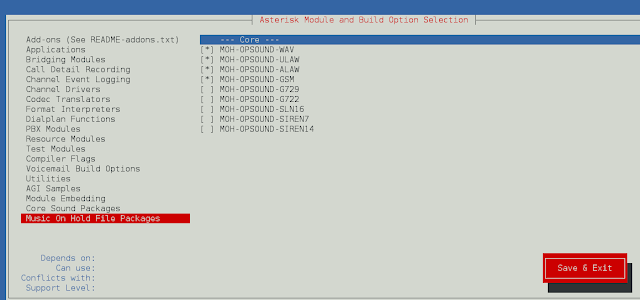The duplicate() method of java.nio.IntBuffer Class is used to create a new IntBuffer that shares the given buffer’s content, identically in all aspects.
Syntax:
public abstract IntBuffer duplicate()
Return Value: This method returns the new IntBuffer which is carrying the previous IntBuffer’s content
Below are the examples to illustrate the duplicate() method:
Examples 1: Using direct IntBuffer
// Java program to demonstrate duplicate() method import java.nio.*;import java.util.*; public class GFG { public static void main(String[] args) { // Declaring the capacity of the IntBuffer int capacity = 10; // Creating the IntBuffer try { // creating object of Intbuffer // and allocating size capacity IntBuffer ib1 = IntBuffer.allocate(capacity); // putting the value in Intbuffer ib1.put(8); ib1.put(2, 9); ib1.rewind(); // print the Original IntBuffer System.out.println("Original IntBuffer: " + Arrays.toString(ib1.array())); // Creating a duplicate copy of IntBuffer // using duplicate() method IntBuffer ib2 = ib1.duplicate(); // print the duplicate copy of IntBuffer System.out.print("Duplicate IntBuffer: " + Arrays.toString(ib2.array())); } catch (IllegalArgumentException e) { System.out.println("IllegalArgumentException catched"); } catch (ReadOnlyBufferException e) { System.out.println("ReadOnlyBufferException catched"); } }} |
Original IntBuffer: [8, 0, 9, 0, 0, 0, 0, 0, 0, 0] Duplicate IntBuffer: [8, 0, 9, 0, 0, 0, 0, 0, 0, 0]
Examples 2: Using read-onlyintbuffer
// Java program to demonstrate// duplicate() method// using read-onlyIntbuffer import java.nio.*;import java.util.*; public class GFG { public static void main(String[] args) { // Declaring the capacity of the IntBuffer int capacity = 10; // Creating the IntBuffer try { // creating object of Intbuffer // and allocating size capacity IntBuffer ib1 = IntBuffer.allocate(capacity); // putting the value in Intbuffer ib1.put(8); ib1.put(2, 9); ib1.rewind(); // print the Original IntBuffer System.out.println("Original IntBuffer: " + Arrays.toString(ib1.array())); // Creating a read-only copy of IntBuffer // using asReadOnlyBuffer() method IntBuffer readonly = ib1.asReadOnlyBuffer(); // print the read-only copy of IntBuffer System.out.print("read-only IntBuffer: "); while (Readonly.hasRemaining()) System.out.print(readonly.get() + ", "); System.out.println(""); // Rewinding the readonly IntBuffer readonly.rewind(); // Creating a duplicate copy of IntBuffer // using duplicate() method IntBuffer ib2 = readonly.duplicate(); // print the duplicate copy of IntBuffer System.out.print("Duplicate copy of read-only IntBuffer: "); while (ib2.hasRemaining()) System.out.print(ib2.get() + ", "); System.out.println(""); } catch (IllegalArgumentException e) { System.out.println("IllegalArgumentException catched"); } catch (ReadOnlyBufferException e) { System.out.println("ReadOnlyBufferException catched"); } }} |
Original IntBuffer: [8, 0, 9, 0, 0, 0, 0, 0, 0, 0] Read-only IntBuffer: 8, 0, 9, 0, 0, 0, 0, 0, 0, 0, Duplicate copy of read-only IntBuffer: 8, 0, 9, 0, 0, 0, 0, 0, 0, 0,




